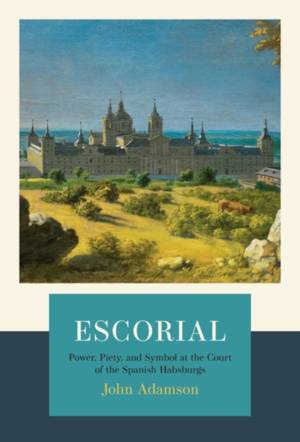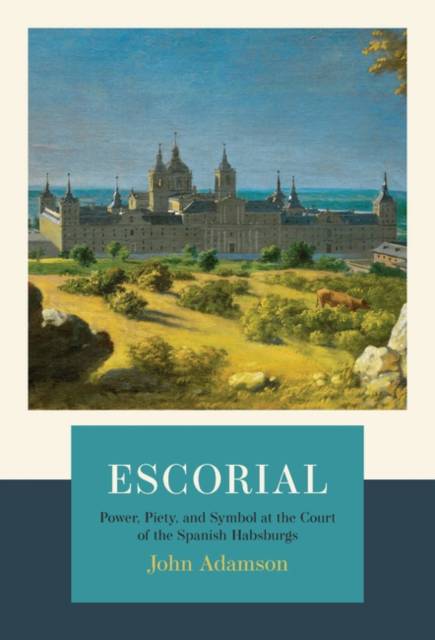
- Retrait gratuit dans votre magasin Club
- 7.000.000 titres dans notre catalogue
- Payer en toute sécurité
- Toujours un magasin près de chez vous
- Retrait gratuit dans votre magasin Club
- 7.000.0000 titres dans notre catalogue
- Payer en toute sécurité
- Toujours un magasin près de chez vous
Escorial
Power, Piety, and Symbol at the Court of the Spanish Habsburgs
John AdamsonDescription
A portrait of the rhythms and rituals of the magnificent court of the Spanish Habsburgs during Spain's sixteenth- and seventeenth-century 'Golden Age'.
Of all the European courts between the Renaissance and the French Revolution, none exercised a greater influence than the court of the Spanish Habsburgs in the Castilian fastness of El Escorial, northwest of Madrid. Their rule in the Iberian Peninsula - from 1516, when the dynasty acquired the Kingdoms of Castile and Aragon until the extinction of the Spanish Habsburg line in 1700 - coincided with Spain's 'Golden Age'.And for much of that period the Iberian kingdoms constituted Europe's dominant imperial superpower. Its ships, settlers, soldiers and priests, extended Spanish Habsburg rule from Peru in the Americas to its faraway colonies in the Philippines (the one Asian state that still bears the name of a Spanish Habsburg king). And the wealth that flowed in from these global possessions - gold, silver, sugar, spices, exotic woods - sustained a court that for much of the sixteenth and seventeenth centuries was the most opulent and magnificently housed in Europe.
Spécifications
Parties prenantes
- Auteur(s) :
- Editeur:
Contenu
- Nombre de pages :
- 224
- Langue:
- Anglais
Caractéristiques
- EAN:
- 9781789542318
- Date de parution :
- 01-03-23
- Format:
- Livre relié
- Format numérique:
- Genaaid
- Dimensions :
- 135 mm x 200 mm

Les avis
Nous publions uniquement les avis qui respectent les conditions requises. Consultez nos conditions pour les avis.






